Tourists enjoy viewing the sea snake collection - Photo: TRAN HOAI
In the first days of the Year of the Snake, visitors to the Oceanographic Museum were impressed by the unique collection of sea snakes, including many rare species.
Sea snakes, also known as sea snakes, have small heads and eyes, slightly flattened bodies, and distinctly flattened tails that function as paddles when they swim.
Sea snakes' nostrils move up towards the tip of their snout to make it easier to reach the surface to breathe. Sea snakes usually live in estuaries and the open sea, eating small fish, crustaceans, etc.
Adult sea snakes can be 1-1.5m long, and are born about 20cm long and forage for food.
Many of them weigh up to nearly 1kg, most sea snakes are venomous.
However, sea snakes do not tend to attack humans, including the beaked snake - a sea snake that can make serum to treat people bitten by other snakes.
According to Master Cao Van Nguyen - a sea snake research expert at the Institute of Oceanography (Vietnam Academy of Science and Technology), there are 62 species of sea snakes in the world distributed in the tropical and subtropical regions of the Indian Ocean and the Pacific Ocean .
Of which, Vietnam's sea has up to 26 species with some endemic species. The Oceanographic Museum is where many sea snake specimens are kept, considered unique in Vietnam.
Most sea snakes are venomous - Photo: TRAN HOAI
At the Oceanographic Museum, snakes on display and snakes brought in from outside may be dead or still alive when received, so they must be handled immediately.
At the same time, the specimen must be treated with formalin to prevent decomposition when brought back. This process requires carefulness and skill, understanding the animal's body structure to avoid tearing the skin and keep the specimen beautiful and lifelike.
Looking at the sea snake collection, Ms. Tran Nguyen Trang (tourist from Ho Chi Minh City) said: "I am very impressed with this collection because there are many species of sea snakes that I have never known before, especially this year is the year of the snake, so this collection will certainly attract many tourists."
The specimens were brought back from many locations across the country such as Ca Mau and Binh Thuan - Photo: TRAN HOAI
A Dandelion was brought back 10 years ago - Photo: TRAN HOAI
There are 62 species of sea snakes in the world, mainly distributed in the Indian and Pacific Oceans - Photo: TRAN HOAI
The Oceanographic Museum is currently preserving many sea snake specimens - Photo: TRAN HOAI
In addition to sea snakes, the Oceanographic Museum also preserves thousands of specimens of other marine species - Photo: TRAN HOAI
Tuoitre.vn
Source: https://tuoitre.vn/dau-nam-ran-xem-bo-suu-tap-ran-bien-20250130095931055.htm#content-2














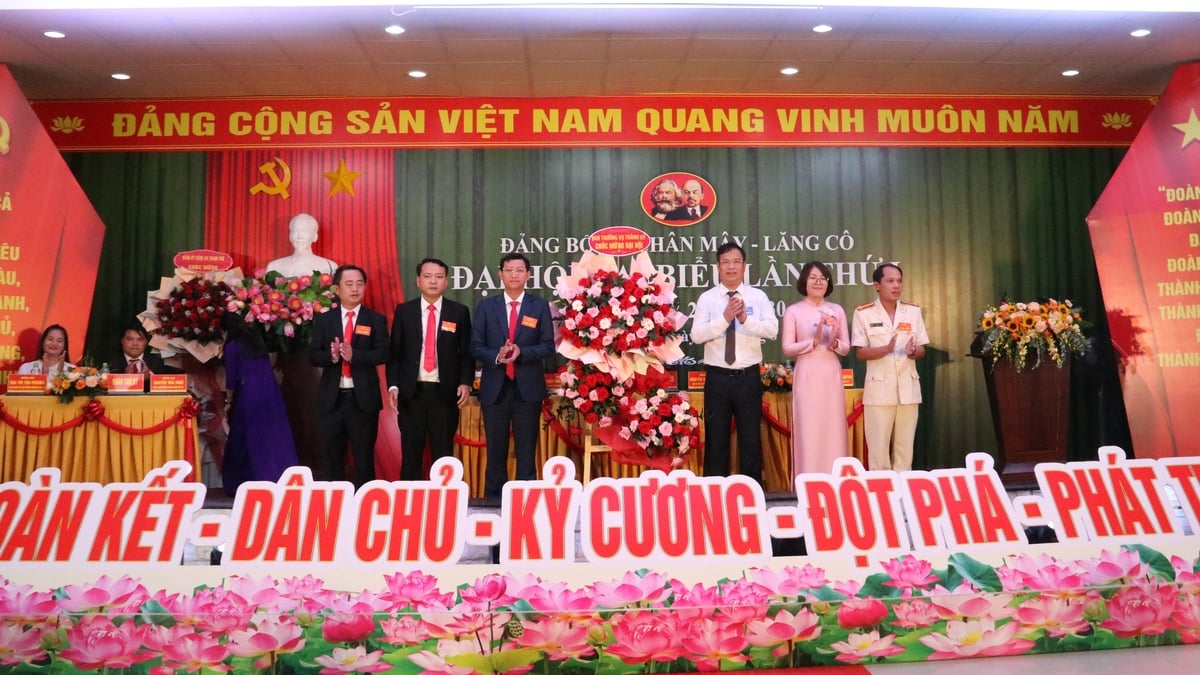



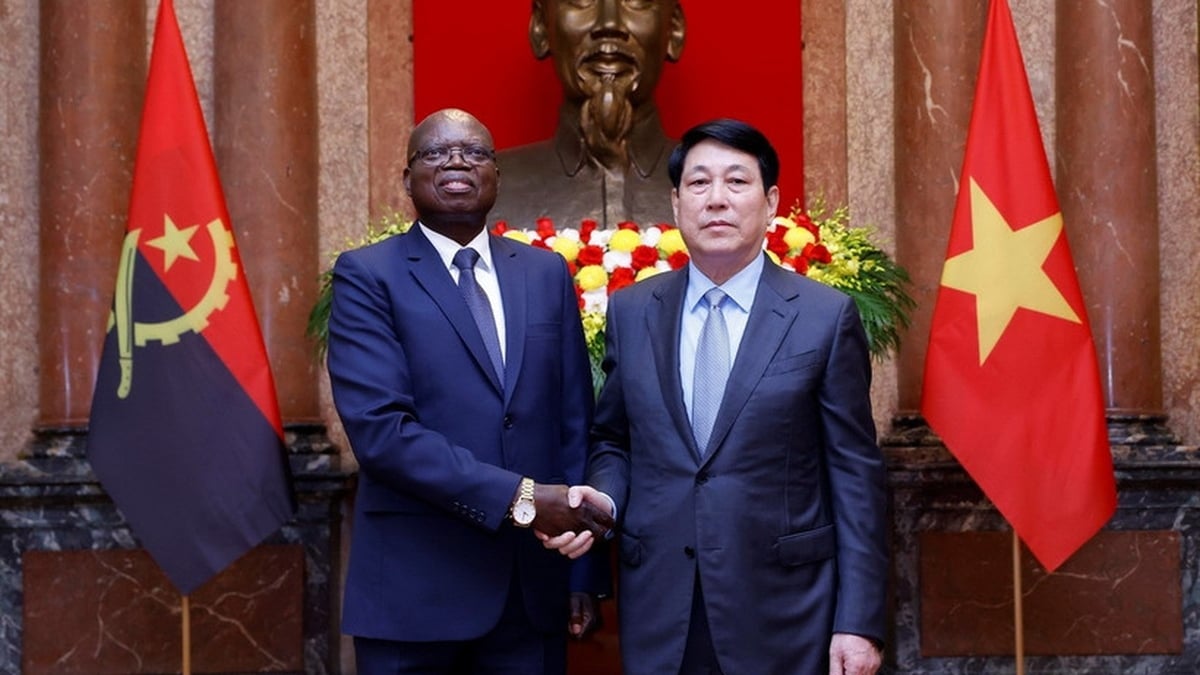











![[Photo] Nghe An: Provincial Road 543D seriously eroded due to floods](https://vphoto.vietnam.vn/thumb/1200x675/vietnam/resource/IMAGE/2025/8/5/5759d3837c26428799f6d929fa274493)




























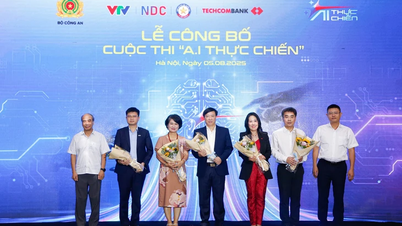











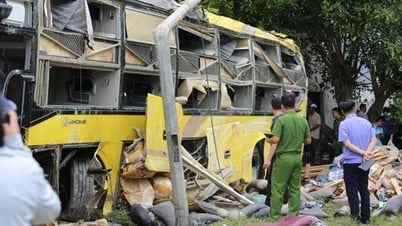

























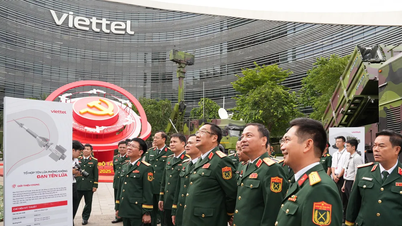



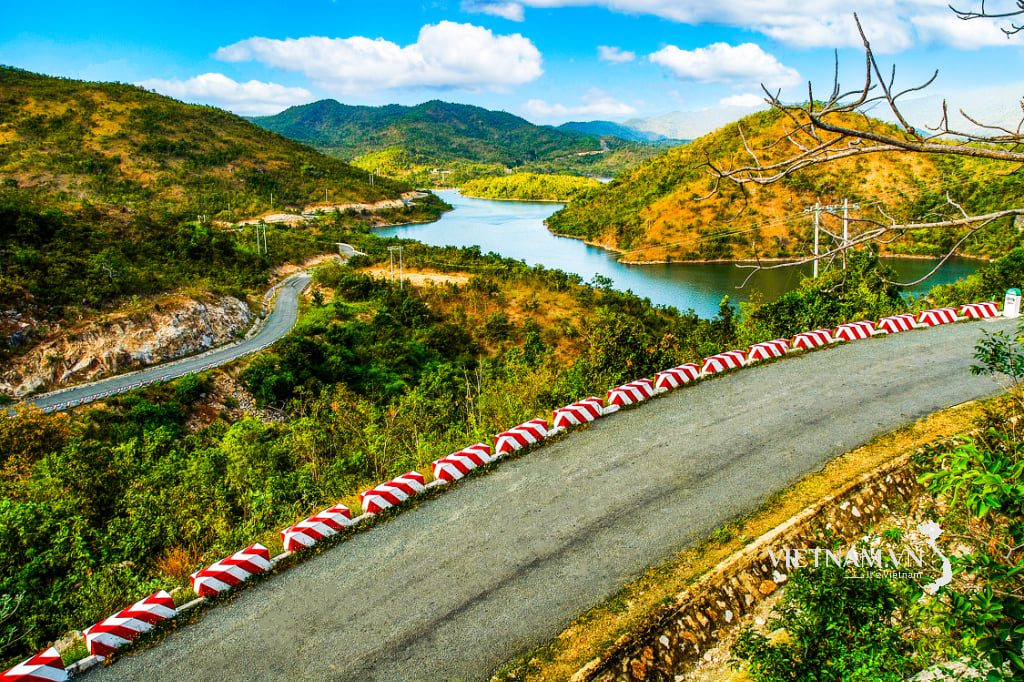
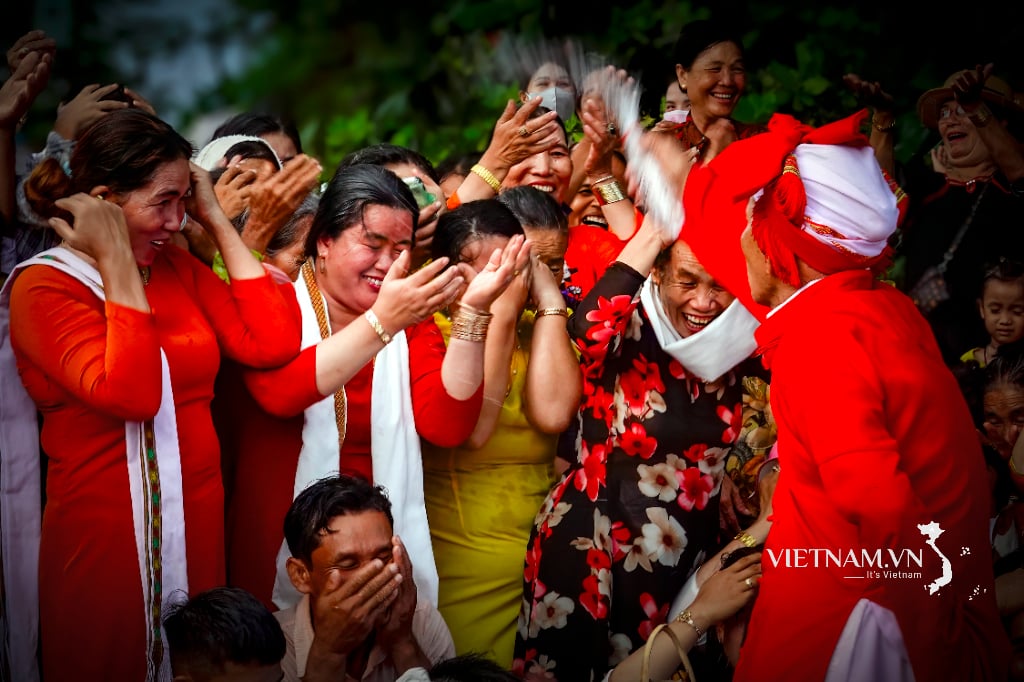
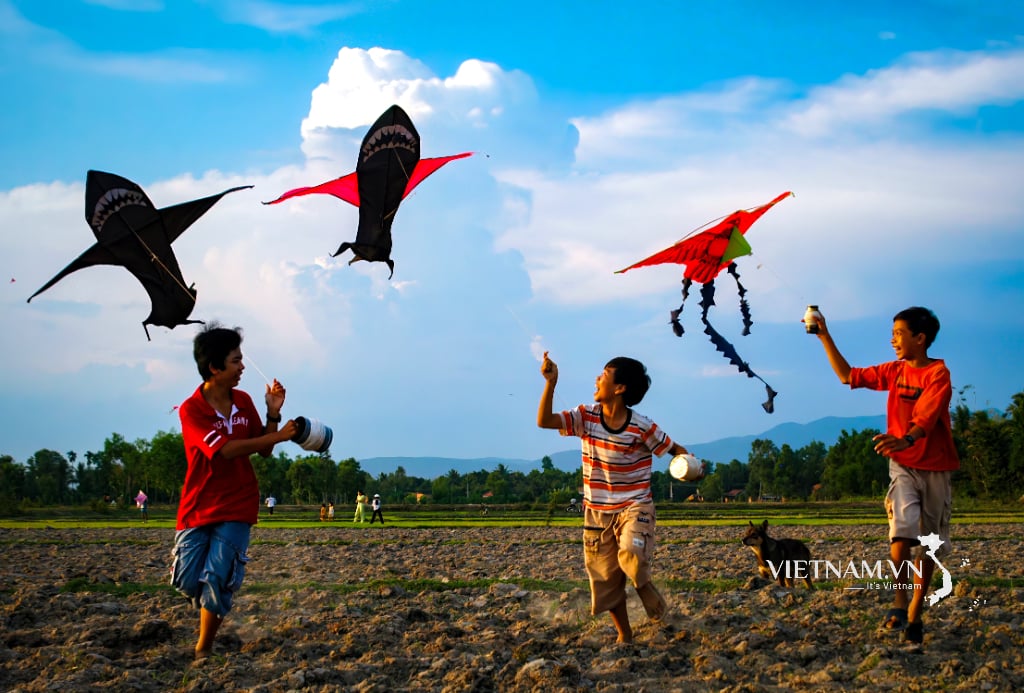

Comment (0)